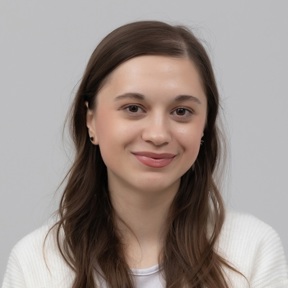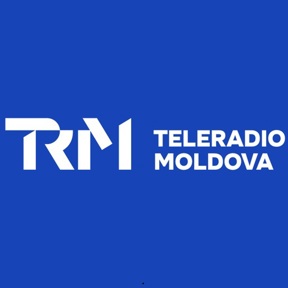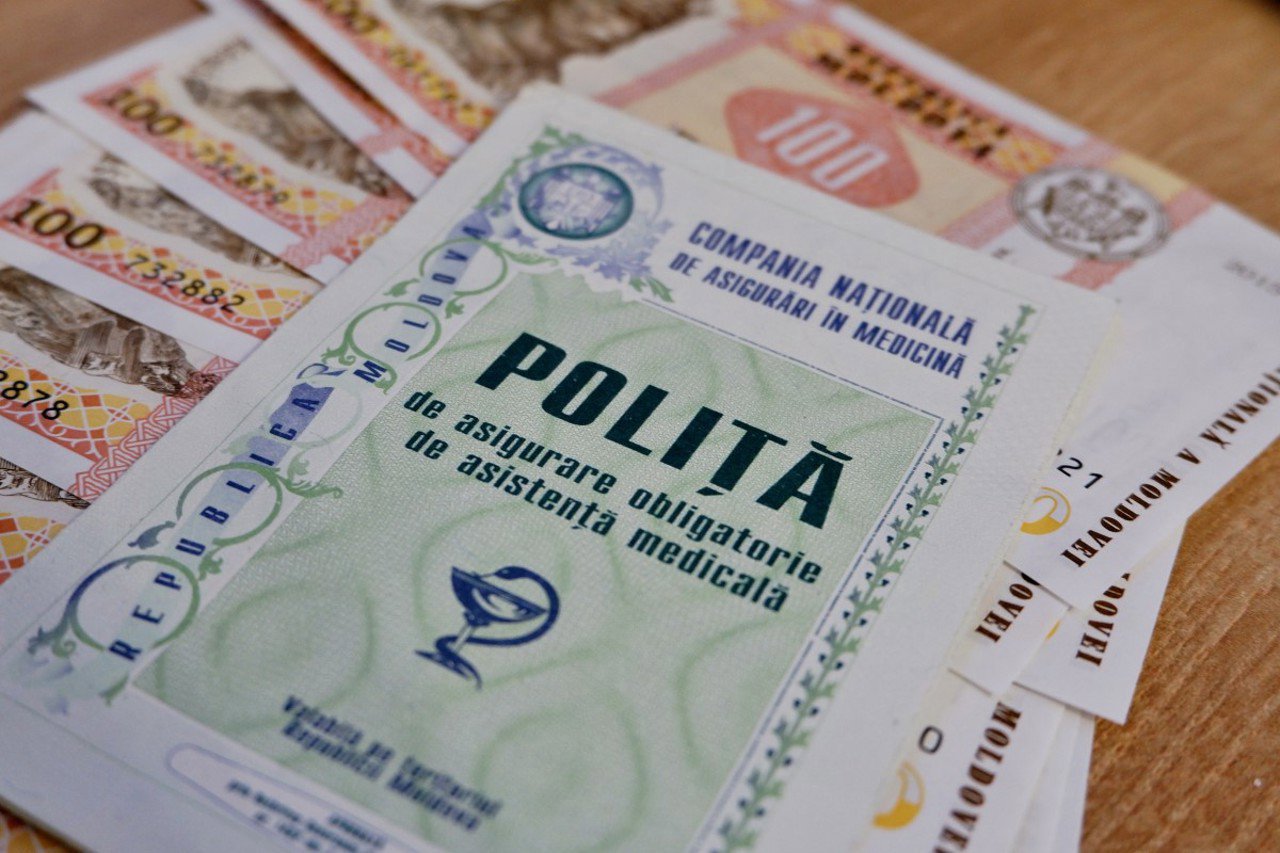Understanding hemophilia: challenges and treatment in Moldova

Hemophilia, though a rare condition, does not condemn one to a life of hopelessness. In the Republic of Moldova, 52 children and 170 adults are currently under the care of specialized doctors.
Children receive medical care in the Hematology Department at the Institute of Mother and Child, while adults receive treatment at the Hematology Department of the Oncology Institute.
Tatiana Stoiceva, from Tiraspol, is a carrier of the hemophilia gene. Two of her three children, Mihai, 12 years old, and Petru, 3 years old, suffer from hemophilia.
“When I was pregnant with Mihai, I didn’t undergo any tests, as he showed no symptoms of hemophilia. He was born like any other child, but his belly button started to become infected and bled. He had dental extractions, and he bled. There was even a case when we were at the Tiraspol hospital for surgery, and they had to stitch his gums because the bleeding wouldn’t stop,” she recalls.
Mihai and Petru attend school and kindergarten, under constant supervision. Even a minor blow can cause bruising, and in such cases, they are hospitalized for a few days, receiving the necessary treatment at no cost.
“For the past five months, since November, we have been admitted to the hospital every month. I’m glad I’m strong, but when I was alone at home with my husband, I used to tell him how tired I was of being strong. I wanted to be like other mothers – to enjoy life and forget what hospitalizations mean,” she adds.
Hemophilia is a disorder that causes blood clotting issues due to a deficiency in certain factors. The symptoms of the disease can vary in intensity, but the most common include unexplained bruising, frequent nosebleeds, and prolonged bleeding after minor cuts.
“The most serious complication of hemophilia is bleeding, and if not controlled in time, it can lead to a dramatic outcome. Other complications include hemarthrosis and hemophilic arthropathy, which can result in almost complete disability,” says hematologist Irina Mocanu.
“Of course, it is a more cautious lifestyle, focused on preventing blows, trauma, and injuries. These children, whom you saw today, lead a healthy lifestyle and play sports,” adds Ina Palii, Deputy Director of the Institute of Mother and Child.
The National Program for Rare Diseases, including hemophilia, ensures fair access to diagnosis, treatment, and rehabilitation. World Hemophilia Day is celebrated annually on April 17.
Translation by Iurie Tataru





